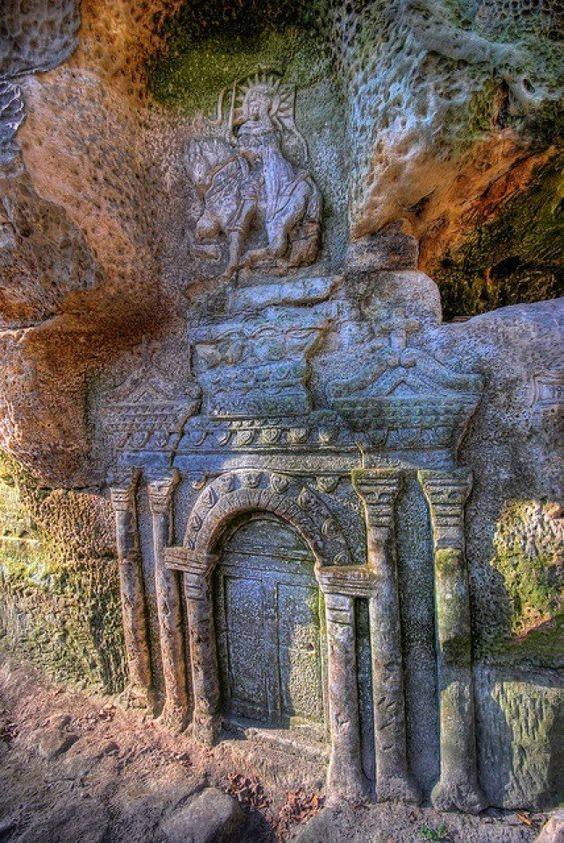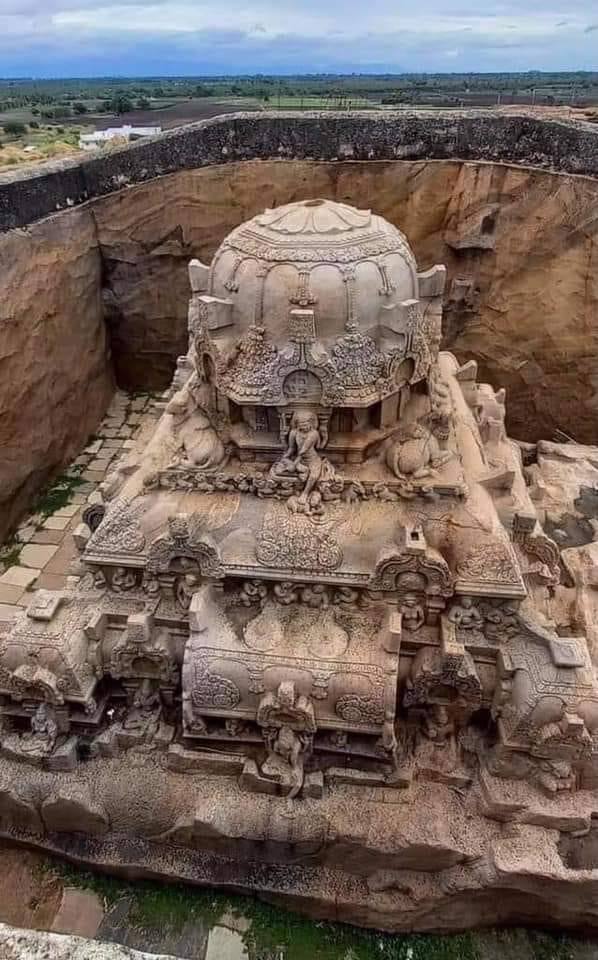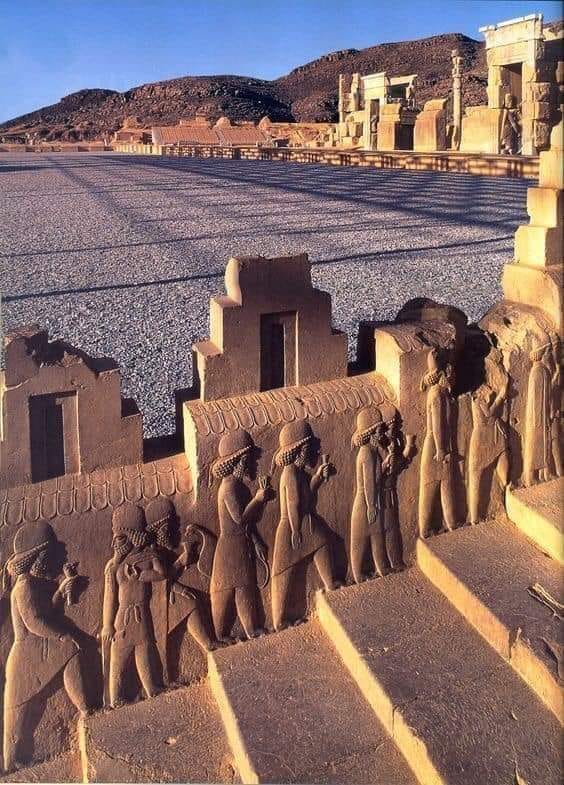Persepolis, the famous capital of the Persian Empire, is an ancient survey of wonder and amazement that continues to this day.

Persepolis, the celebrated capital of the Persian Empire, is an archaeological marvel that evokes awe and wonder even today. Situated in present-day Iran, this ancient city served as the ceremonial center and seat of power for the Achaemenid rulers who governed vast territories from Egypt to the Indus River.

Founded by Cyrus the Great around 550 BC, the Persian Empire reached its zenith under Darius I and Xerxes I, who expanded its borders and established a highly sophisticated administrative system. Persepolis, with its grand palaces, monumental staircases, and intricately carved reliefs, symbolized the empire’s wealth, power, and cultural achievements.

The city’s enduring legacy lies not only in its architectural splendor but also in its pivotal role in ancient history. It hosted lavish ceremonies, including the famous Nowruz (Persian New Year) celebrations, which showcased the empire’s multicultural influences and vibrant traditions.

However, Persepolis met its tragic fate in 330 BC when Alexander the Great, after capturing the city, ordered its burning as retaliation for the Persian Empire’s previous invasion and destruction of Athens. Despite this devastating event, the ruins of Persepolis stand as a poignant reminder of the empire’s grandeur and its significant contributions to art, architecture, and governance.

Today, Persepolis remains a UNESCO World Heritage site, attracting visitors from around the globe who come to marvel at its historical richness and ponder the enduring legacy of the Persian Empire.